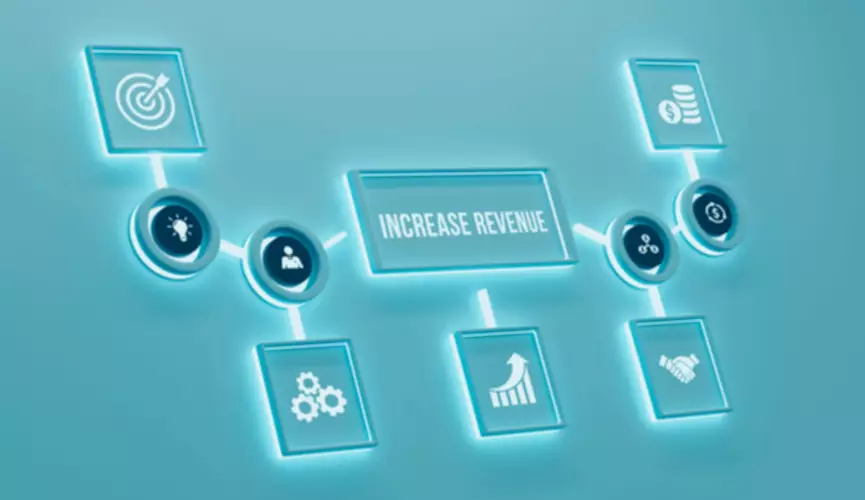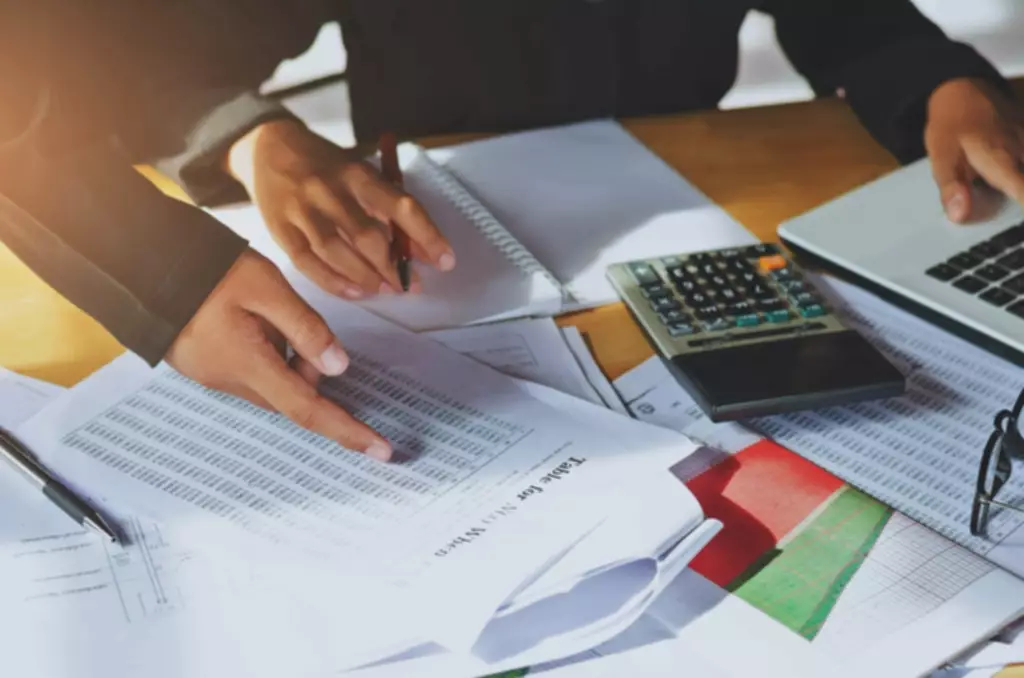Content

Now our company has \$250, but \$150 belongs to the bank and \$100 belongs to the owners. Sorry guys — you can’t take out a loan and make your share of the company more valuable. But accounting isn’t about math — it’s about concepts, and some had me confused.
- The financial statement should balance, showing assets equaling liabilities plus owner’s equity.
- A balance sheet is a document that tracks a company’s assets, liabilities and owner’s equity at a specific point in time.
- Some companies use a debt-based financial structure, while others use equity.
- Additional resources for managing your practice finances will appear in future issues of the PracticeUpdate E-Newsletter and on APApractice.org.
- QuickBooks’ balance sheet templates allow for all of the customizations you need to make to tailor it to your own business.
- A balance sheet summarizes an organization’s or individual’s assets, equity and liabilities at a specific point in time.
Current Assets are the assets that can be converted into cash within one year or a normal operating cycle of your business entity, whichever is longer. Operating Cycle is nothing but the time it takes you as a business entity to buy your produced inventory, sell the finished goods, and collect cash for the same. Assets are the resources owned by your business entity that provide you with economic benefits in the long run. These are further categorised into current assets and noncurrent assets. Profit it earns—that is, the growth or decline in its stock of assets from all sources other than contributions or withdrawals of funds by owners and creditors. Net income is the accountant’s term for the amount of profit that is reported for a particular time period.
Contact APA Services
These include white papers, government data, original reporting, and interviews with industry experts. We also reference original research from other reputable publishers where appropriate.

Let’s say that Direct Delivery purchased 100 boxes wholesale for $1.00 each. Since the time when Joe bought them, however, the wholesale price of boxes has been cut by 40% and at today’s price he could purchase them for $0.60 each. If the net realizable value of his inventory is less than the original recorded cost, the principle of conservatism directs the accountant to report the lower amount as the asset’s value on the balance sheet.
Join 450k Monthly Readers
It showcases assets, liabilities, and owner’s equity at a specific point in time. If you own a small business https://www.bookstime.com/ or simply want to analyze your personal financial condition, a balance sheet can help you tremendously.
How Do You Read a Balance Sheet? – Investopedia
How Do You Read a Balance Sheet?.
Posted: Tue, 06 Sep 2022 07:00:00 GMT [source]
An intangible asset with a finite useful life is amortised on a systematic basis over the best estimate of its useful life, with the amortisation method and useful-life estimate reviewed at least annually. Impairment principles for an intangible asset with a finite useful life are the same as for PPE. The balance sheet is split into two columns, with each column balancing out the other to net to zero.
Understanding the 3 Parts of the Balance Sheet
For instance, in case the sum total of assets is less than the total of liabilities and shareholder’s equity, it is an indication that you need to reduce the amount you owe to the outsiders. It gives you an understanding of where your business stands at any specific date. Thus, by knowing the financial health of your business, you can make some important strategic decisions. A Company Balance Sheet is one of the important financial statements that reveal important insights to both the internal as well as external stakeholders. Thus, such a statement helps them in making informed financial decisions.
- These include accounts such as long-term investments, land, buildings, equipment’s, patents etc.
- Comparing debt to equity and debt to total capital are common ways of assessing leverage on the balance sheet.
- The purpose of a balance sheet is to give interested parties an idea of the company’s financial position, in addition to displaying what the company owns and owes.
- This brochure is designed to help you gain a basic understanding of how to read financial statements.
- The second is earnings that the company generates over time and retains.
Examples include cash, accounts receivable, inventory, short term investments and supplies. It is not possible to calculate dividends from a balance sheet by itself. If the company does not list dividends, obtain their income statement. The easiest way to find dividends paid is to look at a company’s statement of cash flows and find „dividends paid.“ You can also find the dividends on many finance websites. This is known as the current ratio, a measurement used by investors to test short-term financial risk—to calculate it, divide current assets by current liabilities. While it is required for publicly-owned companies to list all assets, debts, and equity on their balance sheet, the way a company accounts for and records them varies.
What Does a Balance Sheet Tell You About a Business?
A Balance Sheet is a statement showing the assets, liabilities and shareholders’ equity of a business. A Classified Balance Sheet is the balance sheet basics one that showcases your business entity’s assets, liabilities, and owner’s equity by classifying the sub-categories of these accounts.
How do you create a balance sheet?
A balance sheet is created by determining all assets, liabilities, and owners‘ equity. The assets are listed on the left side of the balance sheet while the liabilities and owners‘ equity are listed on the right side. The purpose is the ensure all assets are equal to all liabilities and owners‘ equity.
